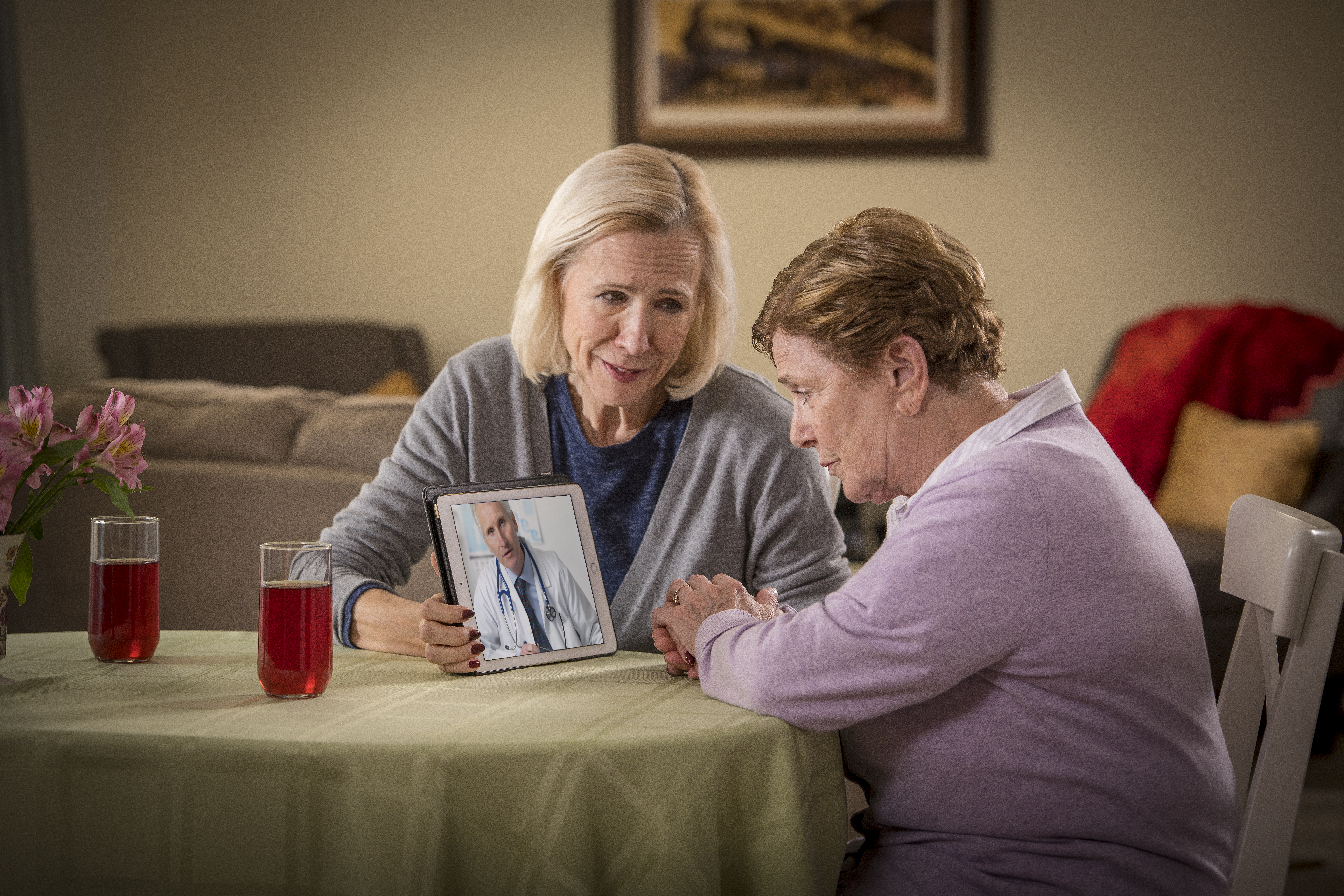AARP Hearing Center

Guest blogger Nikki Majewski is chief of health information technology at the Maryland Health Care Commission Center for Health Information Technology and Innovative Care Delivery.
Have you heard about telehealth? It’s a great way to practice social distancing while still getting the care you need. More health care providers are offering the option of having a virtual video visit.
Here are 10 things you should know about telehealth:
- It’s safe. You meet with a provider through a secure video visit on your computer, tablet, or smartphone. Your provider must comply with the same requirements for patient privacy and confidentiality that apply for in-person visits.
- It’s convenient. You schedule a visit at a time that works for your schedule. Some online companies have a provider network available on-demand 24/7.
- You can receive a range of services for urgent, primary, and specialty care. Telehealth treats a variety of medical conditions, including allergies, arthritis, asthma, colds/flu, headaches, insect bites, pink eye, rashes, sore throats, urinary tract infections, and sports and other physical injuries.
- Emergencies are still emergencies. Not all care can be delivered using telehealth. It’s important to go to the nearest emergency room or call 911 if you have a life-threatening injury, illness, or major trauma.
- Medication can be prescribed or refilled. Providers can electronically prescribe or refill your medication. Some restrictions and limitations may apply.
- It reduces your risk of exposure to illness like COVID-19. Telehealth protects you from possibly spreading or getting an illness from sitting in a waiting room. This is important if you are at higher risk due to your age or an existing condition.
- You might use peripheral devices to help your provider diagnose or assess your medical condition. Peripheral devices connect to your computer, tablet, or smartphone and are used to collect and transmit audio, video, images, and other health data (e.g., vitals, blood glucose levels, etc.) to your provider. Devices may be provided by your provider or purchased by you.
- Most health insurance plans cover telehealth. Your health insurance plan will likely pay for telehealth services, though a copayment or deductible may apply.
- Prepare like you would for an in-person appointment. Write down your symptoms and any questions you wish to discuss with your provider. Also be sure to have your medical history, medications and pharmacy, insurance, and emergency contact information available.
- It does not replace in-person care. Providers are increasingly using technology to deliver care in the wake of social distancing guidelines. Certain medical conditions and services may require you to be seen in-person by a provider.
The Maryland Health Care Commission (MHCC) is an independent regulatory agency whose responsibility includes planning for health system needs and promoting informed decision-making.The MHCC is committed to advancing use of telehealth statewide to improve patient health status, reduce health disparities, and create efficiencies in health care delivery.
For more information on telehealth, click HERE for an MHCC informational flyer.































































